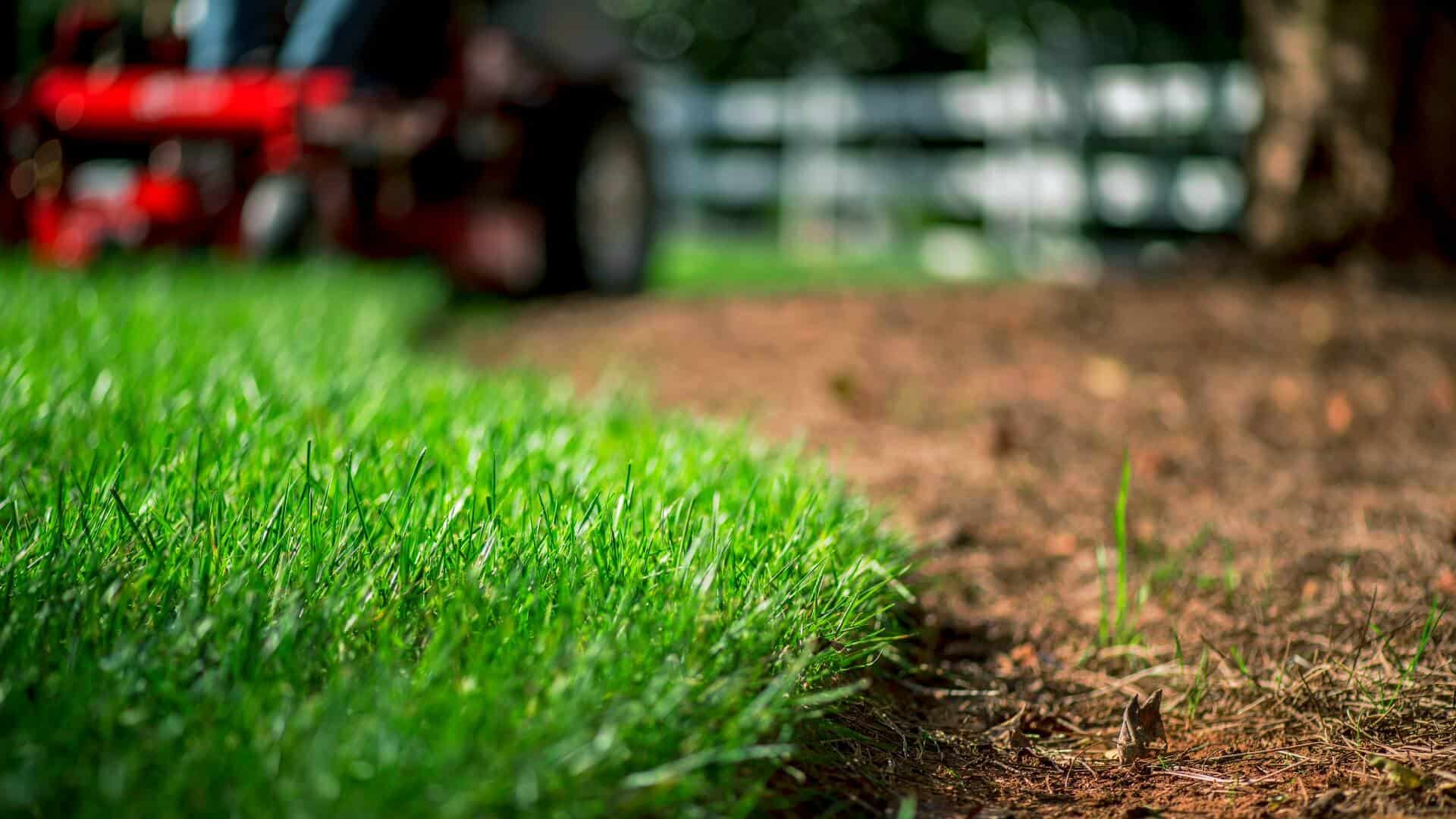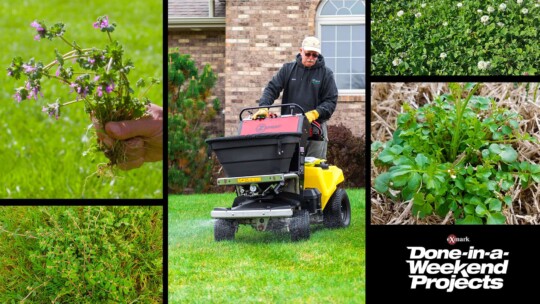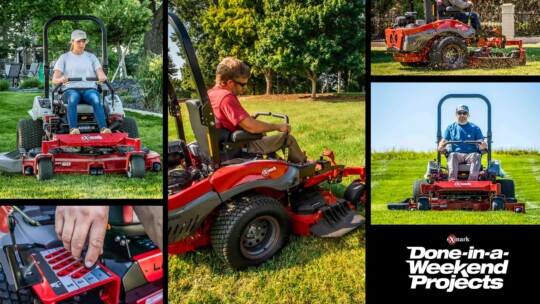
Most homeowners don’t notice crabgrass taking over their lawn until summer—and, by the time it has reared its head, it’s almost too late. This voracious, fast-spreading weed is most productive during the warm summer months. As it spreads, it steals nutrients from your grass, leaving it weedy and looking worse for wear. Read on for the everything you need to know to prevent crabgrass, or eradicate it once it has made itself known—so you can enjoy a healthy lawn, all summer long.
How Crabgrass Spreads
Each crabgrass plant produces thousands of seeds in the fall, then dies. The seeds lie dormant over the cool winter months before finally germinating in the spring. And, with all those seeds sprouting at once, you are likely to have a major infestation.
Which is where prevention comes into play.
Preventing Crabgrass
Your best bet to prevent crabgrass is to break the growth cycle and stop the seeds from sprouting in the first place. The first line of defense is a healthy lawn—a thick, lush lawn makes it difficult for crabgrass to establish itself after germination. If your lawn is healthy, the crabgrass will be noticeable as soon as it starts to spread, allowing you to easily control it. Which means good lawn care practices—like regular (deep) watering, cutting no more than one-third of the grass at a time, and regular aeration/dethatching—are vitally important to preventing it.
Controlling Crabgrass
Keep an eye out for crabgrass in the spring; the sooner you notice it, the easier it will be to control and eradicate it. These are your best options:
- Pre-Emergent Herbicide: These are designed to kill crabgrass seedlings in their early stages of growth. Ideally, apply as soon as the ground temperature reaches 60 degrees—which, for most regions, is fairly early in the spring (as soon as your local trees start budding). Because this herbicide can be rough on new grass, don’t use it on recently seeded lawns.
- Regular Herbicides: Crabgrass is resistant to regular weed killers, including weed and feed fertilizers and anything designed to kill broadleaf weeds. Stronger herbicides may kill your lawn along with the crabgrass. Spot-killing crabgrass by spraying is your best bet.
- Crabgrass Killers: Specialty herbicides for crabgrass should be used according to the exact directions on the label. In almost all cases, spray when temperatures are below 85 degrees, and avoid mowing, watering, and walking on your property for a few days afterward. Early summer and early mornings are the best time to treat.
- Non-Chemical Options: You can pour boiling water directly on the crabgrass plants, or pull them by hand (make sure you get the entire root). This is time- and labor-intensive. Reseed any areas immediately afterward.
Crabgrass prevention is a year-round battle, so come up with a plan of action to keep your lawn lush, green and healthy. By staying on top of lawn care tasks like seeding and aerating, it’s possible to stop it from getting a foothold, before it’s too late.



